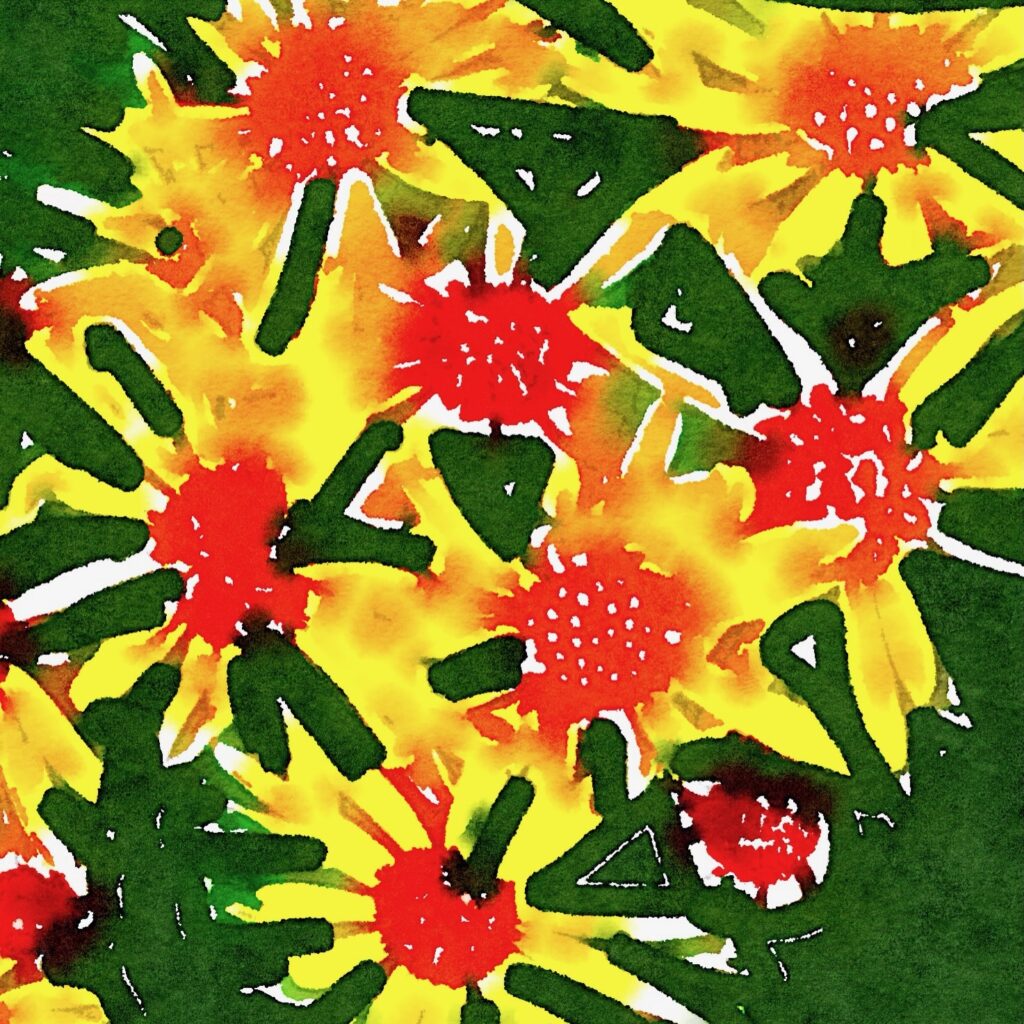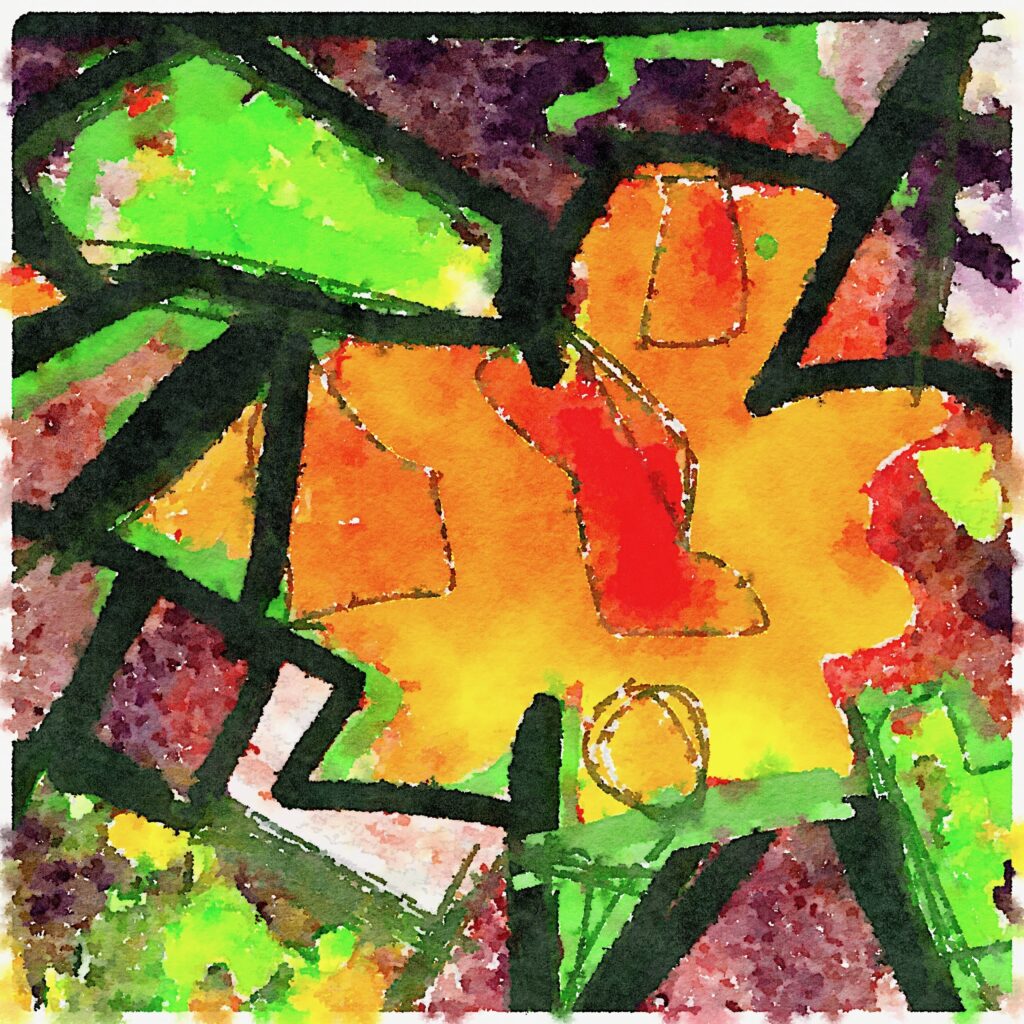AlbersExplanation

The picture to the left, originally made by Josef Albers is a great example of how color is deceiving. We need to train our eyes to understand what is happening. It is color interacting. The picture looks like four different colored squares with a transparent folded square on top of them. The transparency is actually just different blocks of color that are just slightly different then their surroundings, placed on top of the squares. Ultimately you have to remember that color is absolute and that it is always relative to its sorroundings.
Here is the book on Amazon:
Interaction of Color
Quote from an Amazon review:
the original had 150 color plates this version has only 8 in mine. The visual phenomena are so complex that without the plates you can’t possibly accurately understand what the book is talking about.
Now I want this hardback, but it’s rarity makes it over the top expensive.
Interaction of Color: Text of the Original Edition With Revised Plate Section (Hardcover)
Perhaps the solution is the paperback plus the CD ROM.
Or the book by his teacher: The Elements of Color (Hardcover) by Johannes Itten After reading this review, I don’t think so, it sounds dated and wrong:
Unless the reader is studious and very serious about trying to unearth the information contained in this book, he or she is much better served by studing Albers or others. Too bad there is no editing, no index, and no glossary.
~
What does Albers art look like:

All I could find but interesting IMO.






